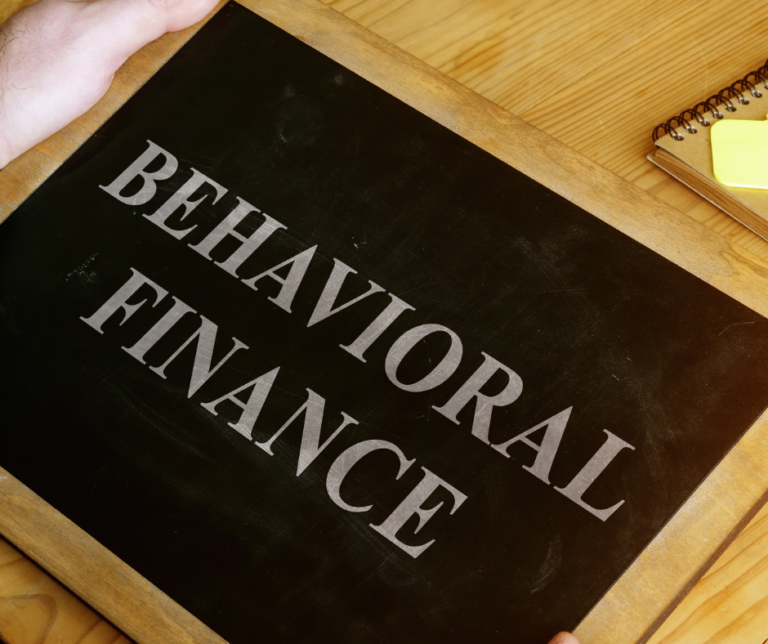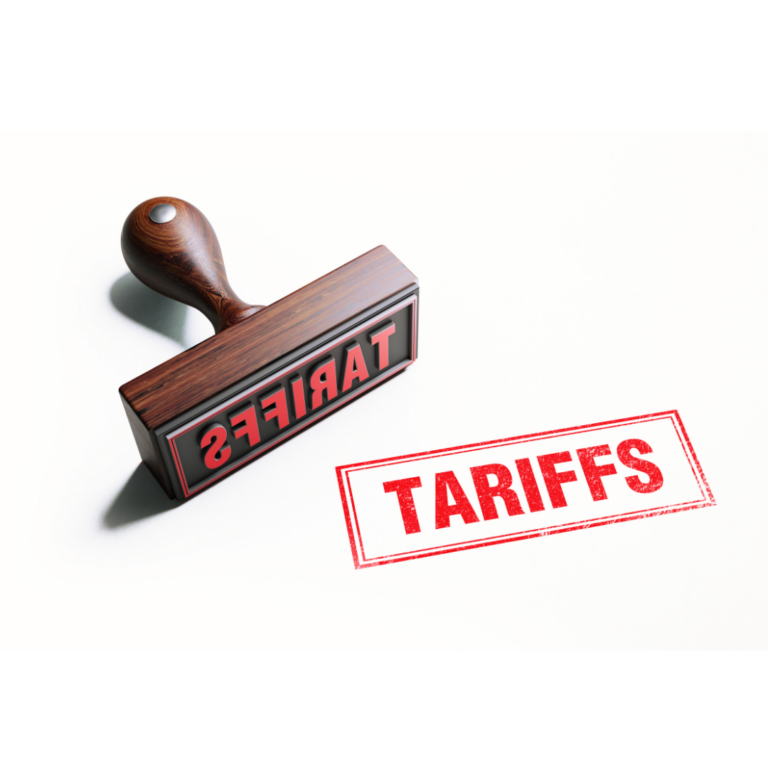Understanding Behavioral Finance

The death of famed psychologist Danny Kahneman earlier this year meant countless tributes for a true intellectual giant. His work on prospect theory earned him the Noble Prize in Economic Sciences in 2002. The Princeton professor whose exacting attention to detail was borderline pathological, along with his lifelong academic partner Amos Tversky, Richard Thaler and Cass Sunstein made countless (enormous) contributions to the field of behavioral science for the last 60+ years. Their work has helped millions of individuals, organizations, and policymakers alike, many unwittingly, make better decisions when it comes to economic matters and their financial affairs. What is behavioral finance or behavioral economics as it is often referred to? It is a discipline that combines elements of psychology and economics and looks at how the two interplay and impact real world decision making. Going back to the days when man stopped dragging his knuckles when he walked, it was assumed that he acted rationally, especially when it came to important decisions, but time and again it was clear that people’s biases, referred to as heretics, are capable of influencing their choices resulting in suboptimal outcomes more often than we’d like to admit.
While there are many of these biases, in this piece we will stick to a handful so as to get a better sense of what may be getting in the way of you acting more like Mr. Spock, the Vulcan whose calm demeanor saved the Star Trek crew from peril time and again. As we have watched Nvidia’s ascent, which at times is both breathtaking and terrifying, there may be no better story that exemplifies some of these facts today. Don’t let the fear of missing out or FOMO cloud your judgment. Let’s dive in.
Endowment Effect: We are all guilty of thinking something that we own is more valuable than the actual markets price, whether it’s a used car or those shares of IBM that have been accumulating dust in your portfolio for the last 20 years while the rest of the tech sector has gone up 3-4X in that time. Bottom line, don’t fall in love with your stocks, save that devotion for your spouse or hobbies.
Sunk cost: Similar to the endowment effect resulting in holding on to less than stellar investments, and worse, adding to them on the basis of the fact you have already committed some capital and walking away now would mean locking in those losses. Good investors/traders cut their losses and move on when it is clear that they have made a mistake. That’s okay, it’s a learning experience, no one bats 1.000 in the world of investing.
Risk Aversion: We feel pain twice as much as we enjoy our success, this natural wiring may be good for our survival instincts but wreaks havoc on our investing. The result may be in the form of significant opportunity costs or ill-timed decisions in the throes of market volatility. If you find yourself getting nauseous when markets get jumpy, do yourself a favor and skip logging on to look at your balances for a bit.
Recency Bias and the Gambler’s fallacy: Perhaps one of the reasons that markets in China have not experienced the same long-term success that we have witnessed in the US despite a truly remarkable economic advance, investors look at the markets much like a casino versus a source of wealth creation. With this heuristic, the notion that a recent random event is likely to impact the future is foolish, the odds of a coin landing on heads or tails are 50% even if the last five flips have all landed on heads. What happened yesterday generally has little bearing on what will happen today and that’s okay.
Availability: One of the reasons we have gotten ourselves into this political quagmire, rather than do the work and the research involved to mine the data, here people’s laziness is about simply recalling recent information not necessarily the facts. Interestingly enough, bad information sticks out, even if it is a rare occurrence and clouds our judgment. Stick to the facts, take your to unearth the truth.
Cognitive Dissonance: While availability is perhaps a bit more benign, the bias here gets us into the same trouble. Conflicting data or beliefs may make us uncomfortable, let’s listen to this analyst talk up one of our holdings, while I’ll change the channel when another analyst makes the bear case against my position. Often associated with confirmation bias, they have similarities and differences with cognitive dissonance being more of a conscious decision whereas confirmation bias tends to be more reflexive or automatic.
Bounded Rationality/Dunning Kruger Effect: Going with our gut or overestimating our ability may mean suboptimal decisions or worse, abject failure. In a world that encourages the Do It Yourself “DIY” mentality, we are constrained by time, information, and cognitive ability yet that doesn’t stop us. We assume we have the ability to be a quick study and effective in our execution when in fact our shortcomings may be harmful.
Herding: The recent meme stock revival brought back memories of how a group of Redditers toppled some “brilliant” hedge fund managers, true there is often wisdom in crowds, but not always. This bias always makes me think of Kindelberger’s famous quote… “There is nothing so disturbing to one’s well-being and judgment as to see a friend get rich.” Whether crypto or the rise of social media influencers, just because others are doing it doesn’t mean it’s wise or going to end well. Follow mom’s advice here.
This is a good list though there are other “traps” that prevent us from being the next Peter Lynch, our awareness of these biases however may make us think twice, question assumptions, do more research, and avoid triggers so that we put ourselves in the best position to be successful. If in your experience it has been difficult to avoid falling victim to your biases, if you work at it, you can train yourself to avoid the pitfalls and sometimes simply acknowledging your limitations means outsourcing the decision making to your advisor(s) is the smartest move.v

Breakwater Team
At Breakwater Capital, we work with families across the United States, providing each client with a personalized experience tailored to their current circumstances, future goals, and timelines.











